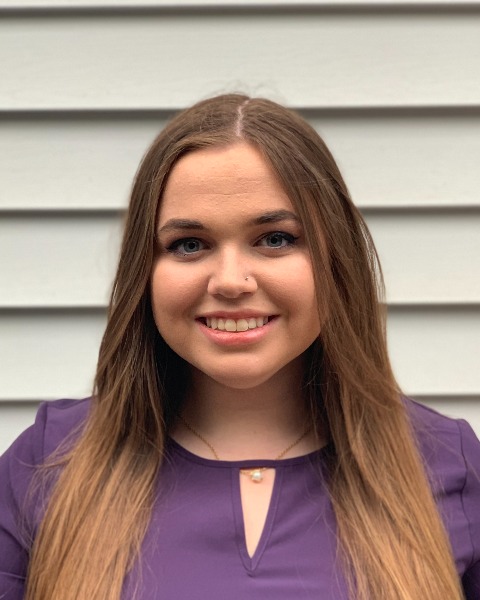Other
Trends in Fellowship Training among Academic Neurosurgery Spine Surgeons
Friday, February 21, 2025
7:00 AM - 2:00 AM EST

Brooke Honzel, BS
Medical Student
University of Massachusetts Chan Medical School
Worcester, MA, US
Presenting Author(s)
Disclosure(s):
Brooke Honzel, BS: No financial relationships to disclose
Introduction: Over the last several decades, more neurosurgeons have chosen to sub-specialize and undergo fellowship training. The degree to which academic spine neurosurgeons have undergone fellowship training over time has yet to be assessed. This study aims to characterize trends in fellowship training among currently-practicing academic spine neurosurgeons.
Methods: A demographic analysis was conducted to evaluate spine neurosurgeons on faculty at ACGME-accredited residency programs. Data were collected in June 2024 from publicly available sources, including departmental websites and national databases. Variables were analyzed using descriptive statistics. Differences were analyzed using a Chi-Square Test of Independence and Cramér’s V.
Results: 524 academic spine neurosurgeons affiliated with 117 programs were identified, of whom 33 (6.3%) were female and 388 (74.0%) were fellowship-trained. Training dates were available for 80% (419) of identified surgeons; of the remaining 20% (105), 71 (67.6%) were fellowship-trained. 1 of the 2 (50%) currently practicing surgeons who began practice in the 1960s was fellowship-trained. 20% of surgeons who began practicing in the 1970s were fellowship-trained; this figure increases to 25% for the 1980s, 67% for the 1990s, 76% for the 2000s, 85% for the 2010s, and 89% for the 2020s (𝛘²(6)=58.5, p< 0.0001, V=0.14).
Conclusion : Academic spine neurosurgeons have become more likely to complete fellowship since the 1970s, and the vast majority of surgeons currently in practice are fellowship-trained. This trend may have begun earlier - the figures shown here may not accurately represent fellowship training among surgeons in the 1960s given the small number of these surgeons who continue to practice. There is a statistically significant albeit moderate association between the decade in which surgeons began practice and their fellowship training status.Further research is required to determine factors that have led to this increase in fellowship training.

.jpg)